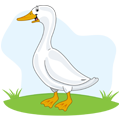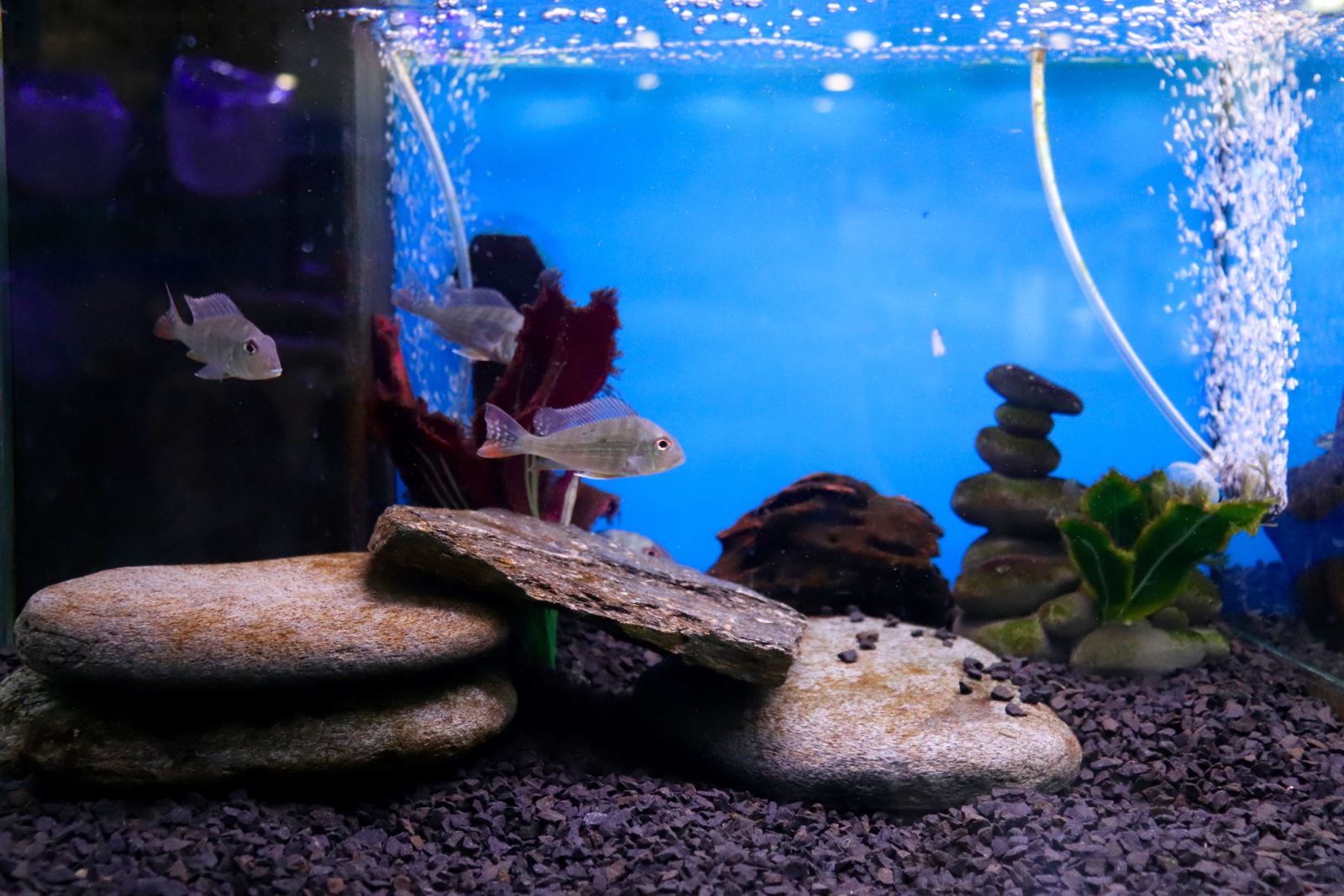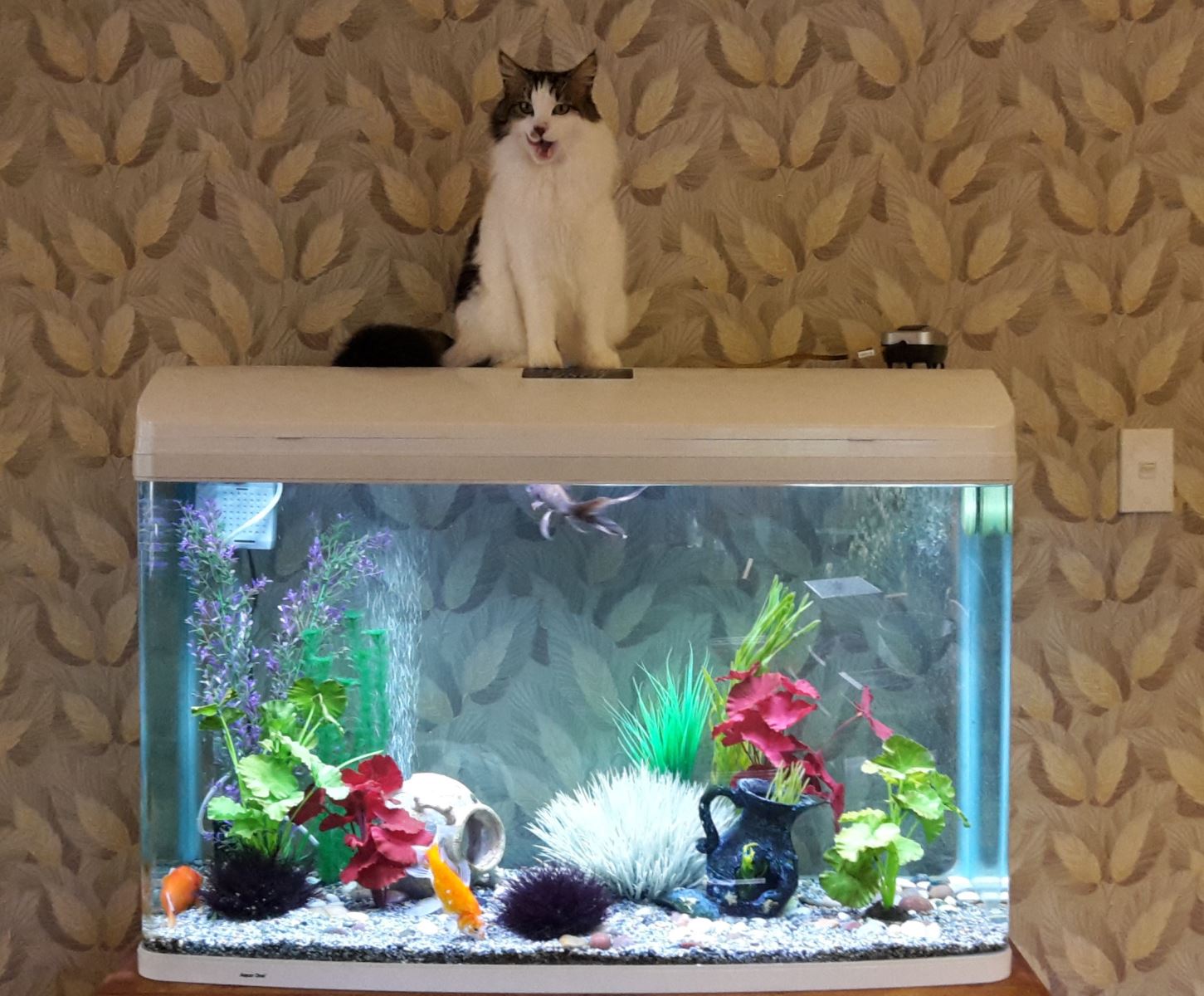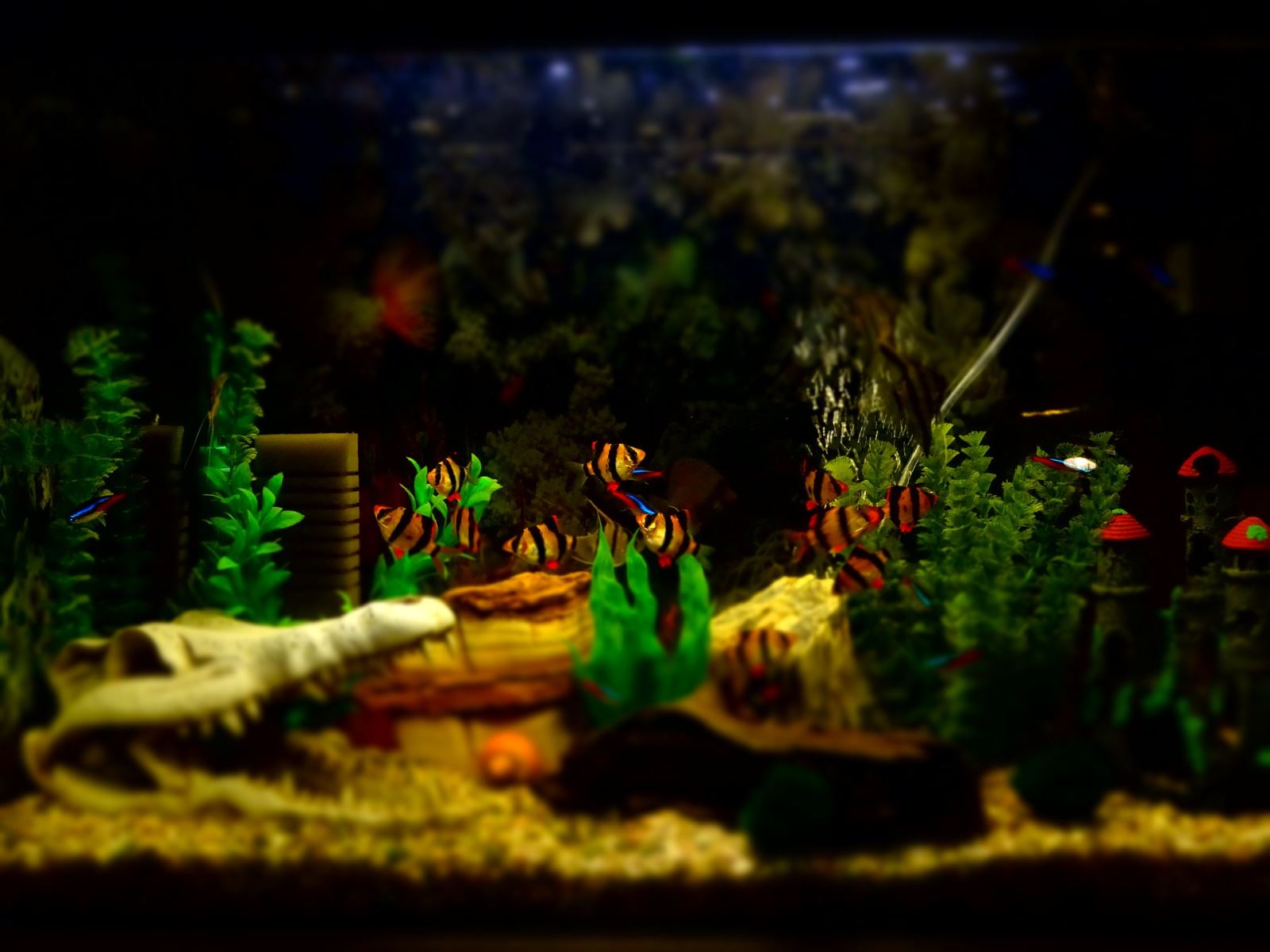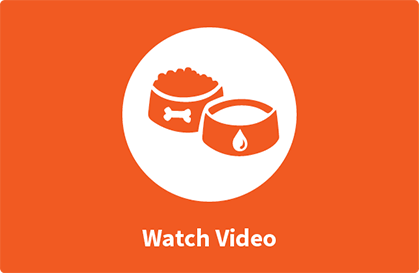Environment
All fish should live in a suitable environment. A fish’s home affects how they feel, think and behave. Providing your fish with an appropriate environment is one way you can make sure that your fish stay healthy and happy.
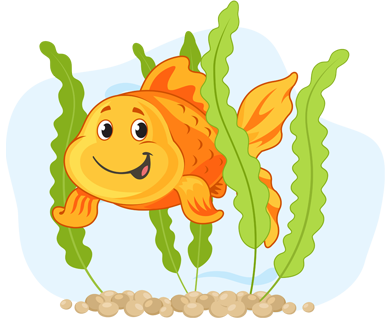
Did you know that there is a special law protecting animals?
This law is called the Animal Welfare Act. The Animal Welfare Act outlines how people must take care of and act towards animals in New Zealand. The Ministry for Primary Industries (MPI), the Police and SPCA work together to make sure people in New Zealand follow these laws.
Under the Animal Welfare Act, all animal guardians (owners) are responsible for making sure the welfare needs of animals in their care are met. Learning about the Five Domains helps us to understand these welfare needs and how we can make sure we provide these. One of the Five Domains is Environment. In this section you will learn about this domain and how you can make sure your fish have the right environment, shelter, aquarium furniture, etc. they need for positive welfare.

















